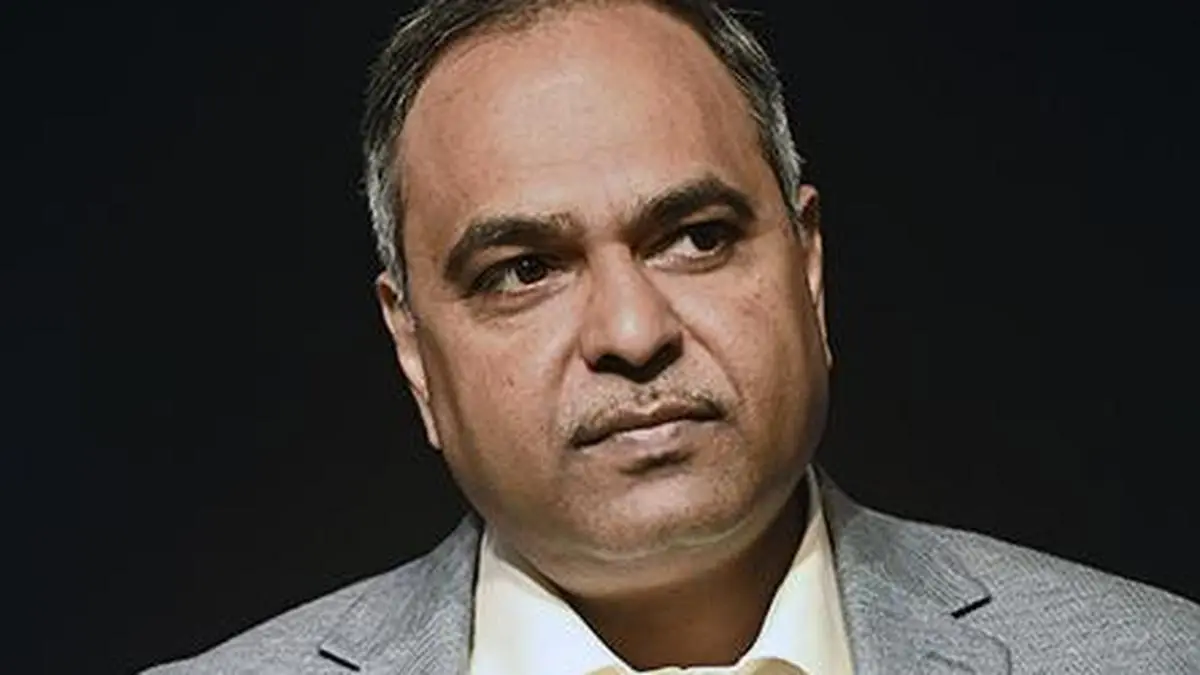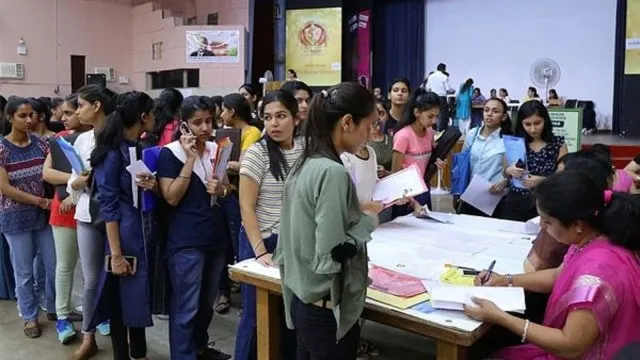
Shailesh Chandra, President, SIAM
| Photo Credit:
Bijoy Ghosh
The automobile industry will closely monitor macroeconomic factors and global geopolitics, which will determine the key demand conditions, and supply chain dynamics in financial year 2025-26 (FY26), Society of Indian Automobile Manufacturers (SIAM) said on Tuesday.
All segments of the industry are expected to continue with the growth momentum in FY26, building on the robust performance of recent years due to stable macroeconomic conditions, proactive government policies, and Infrastructure spending by the government, it said.
It further said that a normal monsoon, forecasted for 2025, is expected to support broader economic activity, especially in rural and semi-urban regions, which would be a tailwind for auto sector demand.
“Looking ahead, the backdrop of stable policy environment, along with recent measures such as reforms in personal income tax and RBI’s rate cuts, will help in supporting consumer confidence and demand across segments,” Shailesh Chandra, President, SIAM, said.
Sharing the monthly and annual sales data, SIAM also said that export demand in key markets of interest, such as Africa and neighbouring countries, is likely to continue as ‘Made in India’ vehicles gain traction.
In terms of sales, the industry body said that passenger vehicles (PVs) posted their highest-ever wholesales (dispatches to dealers) in FY25 of 4.3 million units (43,01,848 units to be precise), with a growth of two per cent as compared with 42,18,750 units in FY24.
SIAM said the high base effect of FY24 resulted in moderate growth during the year adding that utility vehicles (UVs) continued to drive growth, now contributing 65 per cent of total PV sales compared to about 60 per cent in FY24.
The UV sales grew by 11 per cent year-on-year (YoY) to 27,97,229 units in the last financial year as compared with 25,20,691 units in April-March 2023-24.
In the two-wheeler segment, the total wholesales grew by 9 per cent YoY to 1,96,07,332 units during FY25 as compared with 1,79,74,365 units in FY24. While the scooter sales grew by 17.4 per cent YoY to 68,53,214 (vs 58,39,325 units in FY24), the motorcycle sales grew by five per cent YoY to 1,22,52,305 units last year (vs 1,16,53,237 units in FY24).
In three-wheelers, total sales grew by 6.7 per cent YoY in FY25 to 7,41,420 units against 6,94,801 units in FY24.
However, total commercial vehicles (CVs) sales declined by 1.2 per cent YoY to 9,56,671 units in FY25 as against 9,68,770 units in the previous financial year, the SIAM data indicated.
Overall, the industry grew by 7.3 per cent YoY in FY25 to 2,56,07,391 units as compared with 2,38,57,411 units in FY24.
“The Indian automobile industry continued its steady performance in FY2024–25, driven by healthy demand, infrastructure investments, supportive government policies, and continued emphasis on sustainable mobility. Passenger vehicles, two-wheelers and three-wheelers grew in FY2024-25 compared to FY2023-24, but growth rates have been varied across segments,” Chandra said.
In terms of electric vehicle (EV) sales, SIAM said total EV registrations in the country reached 1.97 million units in FY25, compared to 1.68 million units FY24, posting a growth of 17 per cent.
Electric PV registrations crossed one-lakh units in FY25 registering a growth of 18.2 per cent as compared to previous year. Registration of e-two-wheelers also grew by 21.2 per cent in FY25 as compared to previous year, with 11.5 lakh units, it added.
Published on April 15, 2025
Anurag Dhole is a seasoned journalist and content writer with a passion for delivering timely, accurate, and engaging stories. With over 8 years of experience in digital media, she covers a wide range of topics—from breaking news and politics to business insights and cultural trends. Jane's writing style blends clarity with depth, aiming to inform and inspire readers in a fast-paced media landscape. When she’s not chasing stories, she’s likely reading investigative features or exploring local cafés for her next writing spot.






